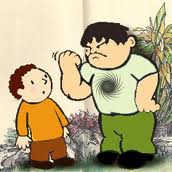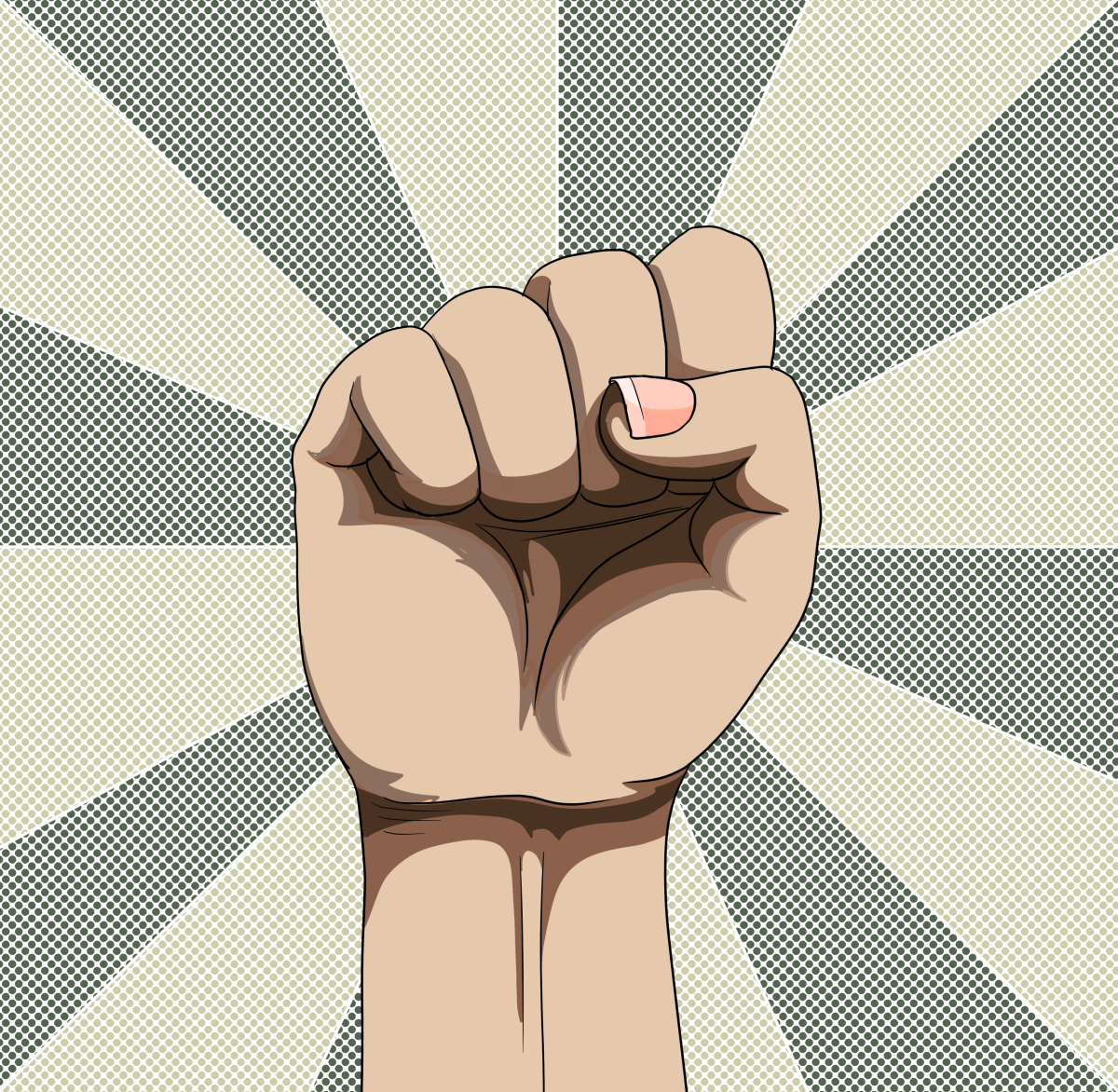Bullying, Its Causes, and How to Deal With It

Bullying is essentially a power trip; a “stronger” person intimidating and harassing a “weaker” one. It takes place wherever there are groups of people, whether real time or virtual. In this article, I will describe the various types of bullying, and how to deal with it. I will also discuss common misconceptions.
TYPES OF BULLYING
1) Emotional. This involves snubbing, excluding, and “icing out” the victim. False rumors are often spread behind the victim’s back, and they have no idea why they’re being ostracized.
2) Verbal. This is taunts and insults hurled at the victim. In some instances, bullies will loudly say cruel things to others about the victim within his or her earshot.
3) Physical. This is manifested by the bully picking fights with the victim. Oftentimes, several bullies will gang up on one person.
4) Cyberspace. This relatively new phenomenon involves the bully posting slanderous comments on the victim’s social media page, or making a derogatory list putting the victims’ names on it and passing it around.
HOW TO DEAL WITH BULLYING
The way to deal with bullies depends on who they are, how many there are, what type of bullying they are doing, and the place it occurs. Here are some general guidelines.
1) Emotional: if you happen to live, work, or go to school where you just plain “don’t fit in”, it’s best to find an outside social club that pursues your interests. Contorting yourself to fit in with them only makes things worse.
Example: I once worked in a place filled with women who were mainly interested in nabbing themselves a rich man, and they thought I was odd because I didn’t share their interest. I simply limited my socializing there, and met friends going on hikes with the Sierra Club.
2) Verbal: stand up for yourself. A good thing to do is to point out they must not feel too good about themselves if they have to attack you this way. Avoid trying to one-up them, since that only fuels the attack.
Example: as a substitute teacher, I had a co-worker who made fun of my attempt to save my Christian high school alma mater, then made snide remarks about my problems controlling the classroom. I finally responded by saying we all pay for our sins one way or another, then went on to tell a story about a classmate of mine who had put down our school big time, then become a highly paid doctor – only for his wife to divorce him and slap him with a big fat alimony and child support lawsuit, because he did things to her our high school had warned us not to do. To this day, my co-worker won’t even look at me.
3) Physical: it is important to defend yourself if you are attacked. Take martial arts classes, if necessary. Many times, bullies won’t mess with someone who is known to be a good fighter.
Example: once I was walking home from the bus stop, and a man came up and pulled a knife on me. Obviously I couldn’t just deck him, but I knew walking alone late at night was risky so I was prepared; I sprayed him with mace, and he ran off.
4) Cyberspace Bullying: Most social media sites have the means to block undesirable people. Also, if someone makes an unflattering post on your wall, simply delete it. If it continues, or if a list is being passed around, report it to the authorities. Choose your passwords carefully so no one can easily guess them, and guard them jealously, so they can’t alter or delete your account.
Example: I haven’t yet been a victim of cyberspace bullying, but I use a code name on my site so people I don’t want on there can’t easily find and harass me.
Who is the Typical Victim?
While anyone can be a victim, generally they are people who stand out in some way, such as being unusually short, tall, thin, fat, young, old, or member of a different race. Often they are soft-spoken with an unassuming nature. The best way to avoid becoming a victim is to carry yourself in a highly assured manner.
Also, know ahead of time how to respond if you do get attacked, since sometimes that can’t be avoided. Once I was on a 2 day temporary assignment as a file clerk in the personnel office at a law firm. I was also the only black. (This is definitely a recipe for bullying!) The women in the office kept saying they were going to “rescue” me from temp work and get me a full time position. They extended my stay to the following Monday, then to Tuesday. On Tuesday afternoon, my supervisor said, “Oh, well, that’s it! This is the end of your assignment!”
I responded with a shrug, “Sure, ok.”
“I mean – this is all; you’re not coming back tomorrow.”
“Yeah,” I said, picking up my purse.
“I mean – we don’t need you anymore.”
I told her, “Yeah, I know. I was hired for only 2 days. I’ve already been here twice that long. Anyway, it’s been a pleasure.” I held out my hand to shake hers, and she took it with a glare. Apparently she wanted me to get all upset about her not giving me a permanent job, plus ending my assignment in the middle of the week. However, while filing, I noticed they had a lot of terminations, so I knew I didn’t want to work there anyway. As for the assignment ending in the middle of the week, since I had gotten that one mid-week, there was no reason for me to believe I couldn’t get another. Even if I didn’t, I could always file for unemployment.
WHO IS THE TYPICAL BULLY?
Usually, bullies are people who have a strong need to dominate others, and have learned at an early age to achieve this through force. Many tend to be arrogant, feeling it’s their right to do so; others do so out of shame and resentment, bullying those they envy to hide what’s going wrong in their lives. Sometimes it’s caused by prejudice, such as someone attacking another person of the opposite gender, or a different race. A bully can also be provoked by someone who is of the same race, but doesn’t act the way they’re “supposed” to, such as having unusual interests, a different accent, or the way they dress. (This is a form of prejudice as well.)
In some instances, bullies are people who have not learned how to tease good-naturedly. In that case, it’s best to tell them what they say in jest is really being hurtful.
Misconceptions:
1) Only children bully. The truth is bullying happens at all ages, with all genders, all economic sectors and in all walks of life. Above, I’ve already given three examples of it happening to me as an adult in the workplace.
2) Bullying is a normal part of growing up. Actually, a hostile atmosphere in school prepares students for a life of crime on a small scale, and inciting wars on a larger scale. One of the main causes of teen suicide is being victimized by bullies. In its most extreme form, bullying results in genocide, so obviously it is neither normal nor acceptable.
3) Victims ask for it in some way. Anyone can be a victim. Many factors can render someone “weak”; shyness, new arrival in the setting, lack of physical strength, or being overwhelmed with personal problems. Even if the victim doesn’t have these issues, bullies often gang up on one person; that alone can render a person “weak”.
WHAT CAUSES BULLYING
The reason it exists more in some environments than others is because it is more tolerated. Authorities often ignore what’s going on, make excuses for the bullies, or even blame the victim. (This is what happened to me when I inadvertently joined the cult, and the members turned their backs when I was physically attacked by my landlord.) If bullying is reported to authorities, and nothing is done, it is best to remove yourself from that environment. In some cases, authorities have been sued for allowing this to go on; if you can file a lawsuit, definitely do so!
We do not have to live with bullying. By addressing and dealing with the issue, it can be overcome!
References:
http://www.kidpower.org/library/article/bullying-questions-answers/?gclid=CJXtlqfOurICFad7QgodozoAUQ
© 2012 Yoleen Lucas








